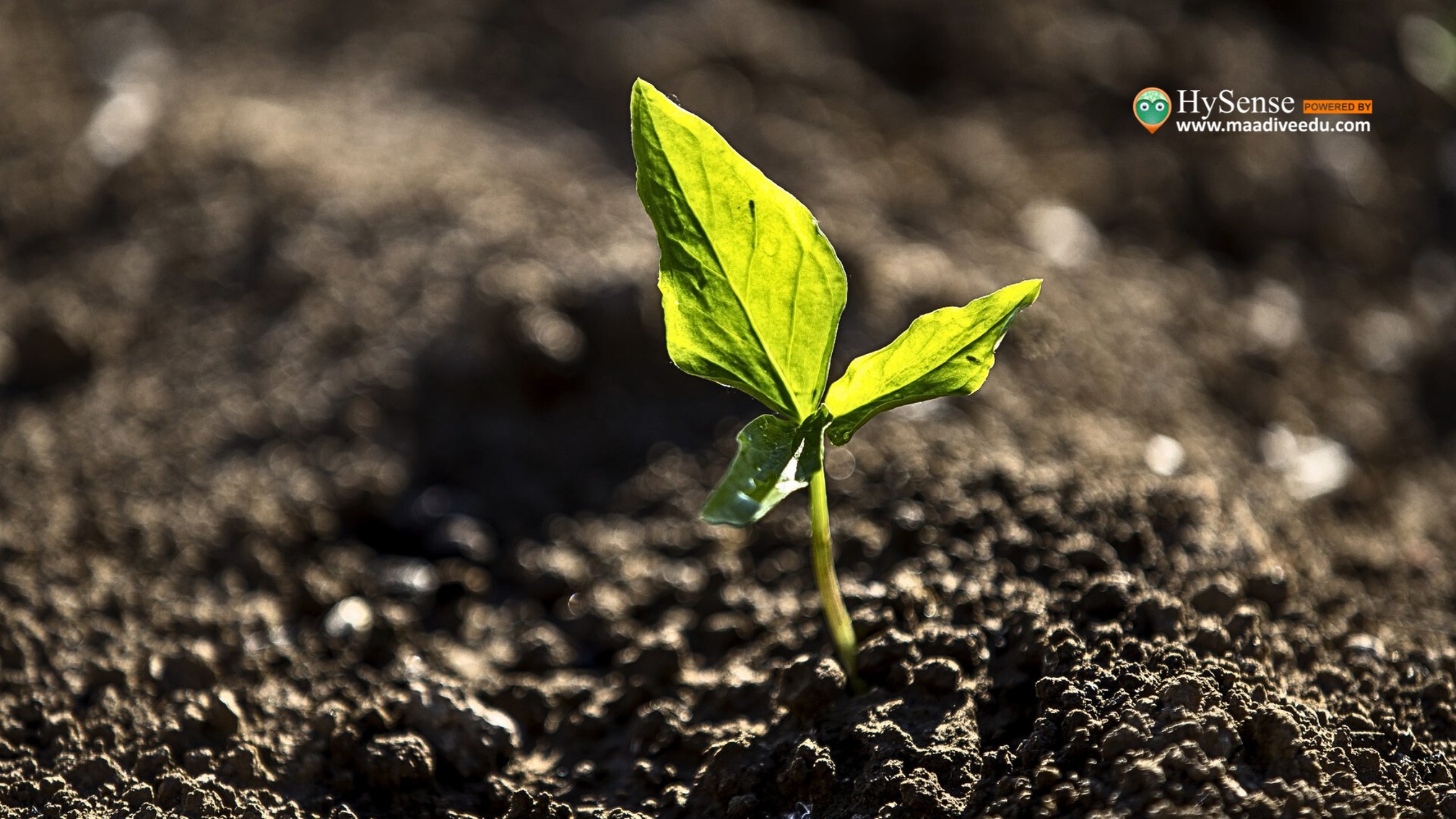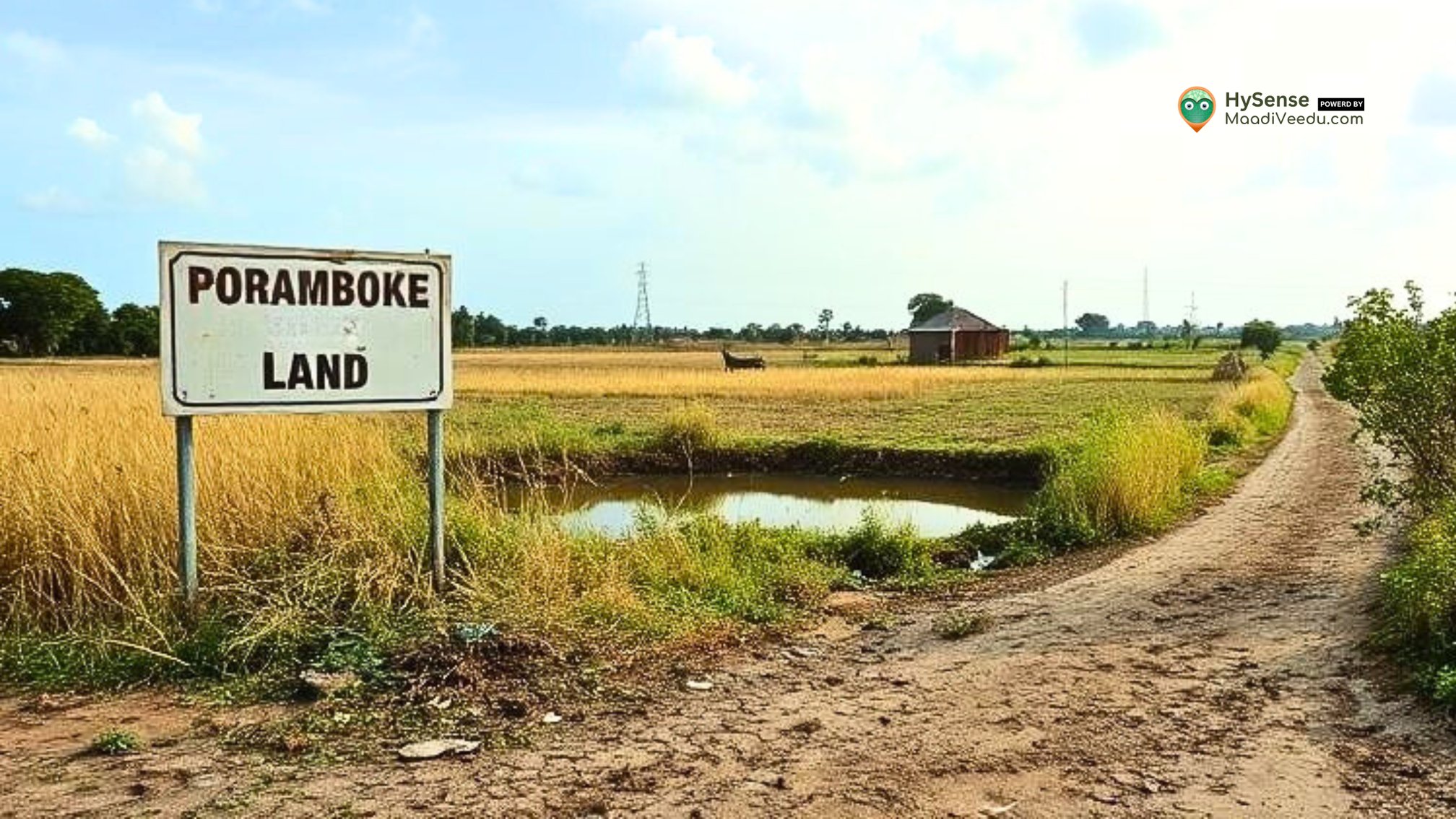Innovative Techniques for Cultivating Dry Lands: 7 Inspiring Success Stories
Learn how innovative farming methods are turning dry, arid lands into fertile fields through water conservation, agroforestry, and drought-resistant crops.

Table of Contents
Introduction
Dry lands, often seen as barren and difficult for agriculture, are increasingly becoming productive fields due to innovative farming techniques. In countries like India, where large parts of the land are arid or semi-arid, growing crops in such regions has become both a challenge and an opportunity. This blog will explore inspiring success stories that highlight how advanced methods are transforming dry land farming into a productive venture.
Understanding Dry Land Farming Techniques
Before we dive into the success stories, it's important to understand the basic principles of dry land farming. Dry lands are characterized by low rainfall, high evaporation, and often poor soil fertility, making traditional farming methods ineffective. However, modern farming techniques are making it possible to cultivate crops even in such harsh conditions by focusing on key aspects like water management, soil care, and choosing the right crops.
Key Innovations in Dry Land Cultivation
- Water Conservation and Harvesting: Techniques like rainwater harvesting, contour plowing, and the use of efficient irrigation systems, such as drip irrigation, help in collecting and conserving water. This is especially important in regions where water is scarce.
- Soil Health Management: Maintaining soil health is crucial in dry land farming. Methods like using organic compost, mulching, and reducing tillage help improve the soil’s fertility and ability to retain moisture, making the soil more productive.
- Drought-Resistant Crops: One of the biggest breakthroughs in dry land farming is the development of drought-resistant crop varieties. These crops are designed to survive and thrive in areas with limited water, helping farmers in arid regions grow crops with better yields.
- Agroforestry and Mixed Farming: By combining trees, shrubs, and crops, farmers can enhance soil health and improve overall productivity. This sustainable approach helps balance the ecosystem while also benefiting farm output.
Success Stories in Agriculture
- Reviving the Desert Lands of Rajasthan In Rajasthan, a region often associated with desertification, farmers have successfully turned barren lands into productive farms by using water harvesting techniques like check dams and rainwater harvesting pits. The introduction of drought-resistant crops such as pearl millet and the use of micro-irrigation systems have significantly boosted crop yields, proving that even desert lands can become fertile.
- Transforming Andhra Pradesh’s Arid Regions Farmers in Andhra Pradesh have adopted advanced farming methods to tackle the challenges of low rainfall. Techniques like soil moisture management, conservation tillage, and the use of community-based water management systems have greatly increased agricultural productivity in these arid regions.
- Agricultural Revolution in Karnataka In Karnataka, farmers have integrated agroforestry with traditional farming, planting trees alongside crops. This practice has improved soil fertility, increased moisture retention, and resulted in higher crop yields. The combination of tree cover and crops is not only good for the environment but also sustainable for the farmers.
- Agricultural Success in Gujarat’s Arid Zones Gujarat has successfully tackled its dry land farming issues with the help of rainwater harvesting and modern irrigation techniques. By adopting water-efficient irrigation and introducing high-yielding crop varieties, farmers in Gujarat have transformed their arid zones into productive agricultural areas.
- Innovative Farming Techniques in Maharashtra Maharashtra has made significant strides in improving dry land farming by using conservation agriculture practices. These include reduced tillage, cover cropping, and efficient water management techniques, which have helped improve soil health, water retention, and overall crop performance in the state’s drylands.
- Revival of Semi-Arid Lands in Tamil Nadu Farmers in Tamil Nadu have successfully used organic farming practices and integrated pest management to increase agricultural productivity in semi-arid regions. These methods help maintain soil health, reduce dependency on chemicals, and create more sustainable farming systems.
- Empowering Farmers in Uttar Pradesh In Uttar Pradesh, innovative techniques like the use of biochar (a type of charcoal) and improved irrigation practices have turned dry lands into fertile fields. Additionally, community-based approaches and farmer education programs have helped spread knowledge about these techniques, ensuring their success.
The Impact of Agricultural Innovations in India
The success stories in India show that agricultural innovations are not only technological but also involve policy changes, farmer education, and community participation. These factors work together to help farmers overcome the challenges posed by dry lands.
Policy Support and Government Initiatives
Government initiatives have played an important role in the success of dry land farming. Subsidies for irrigation equipment, funding for research into drought-resistant crops, and farmer training programs have all contributed to the widespread adoption of innovative farming techniques in arid regions.
The Role of Research and Development
Ongoing research and development are critical in the quest to improve dry land farming. Agricultural universities and research institutions are constantly working on new methods to improve soil health, manage water efficiently, and develop more resilient crops. These innovations are helping farmers adapt to the changing climate and increasing agricultural productivity in dry areas.
Conclusion
The transformation of dry lands into fertile agricultural fields is an example of human resilience and innovation. The success stories highlighted in this blog demonstrate that through the use of creative farming techniques, it is possible to turn even the most barren lands into productive, sustainable agricultural zones. By combining new technologies, traditional wisdom, and community efforts, the future of dry land farming looks promising.
As these innovative techniques continue to evolve, they offer hope for farmers in dry regions worldwide, proving that with the right tools and knowledge, agriculture can thrive even in the most challenging environments.
Stay connected and get inspired by real-time updates, farming tips, and success stories from dry land farming by following our journey online.











